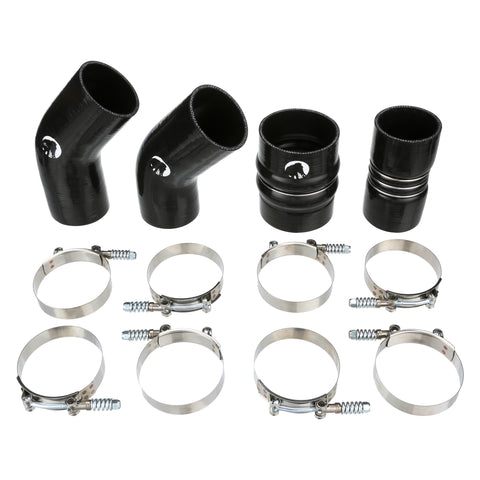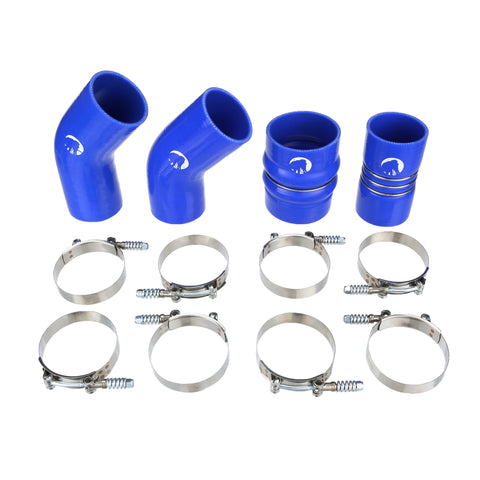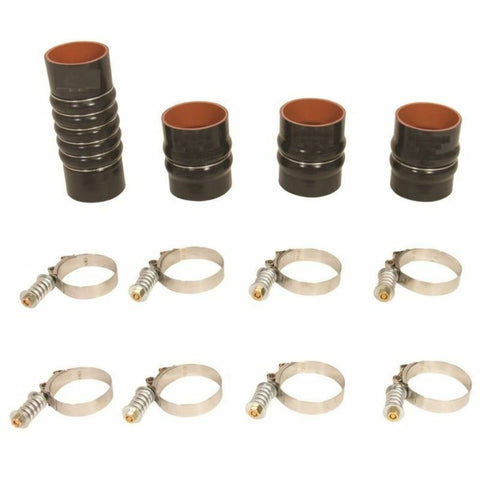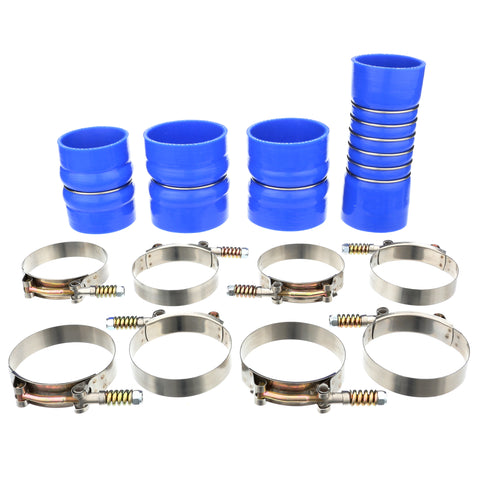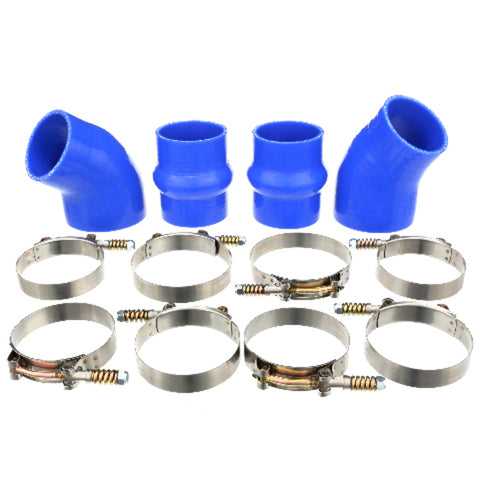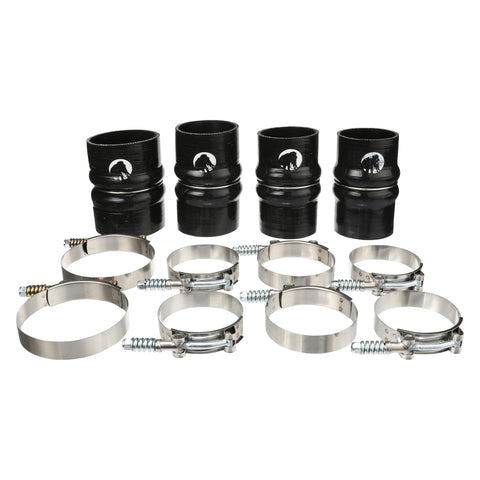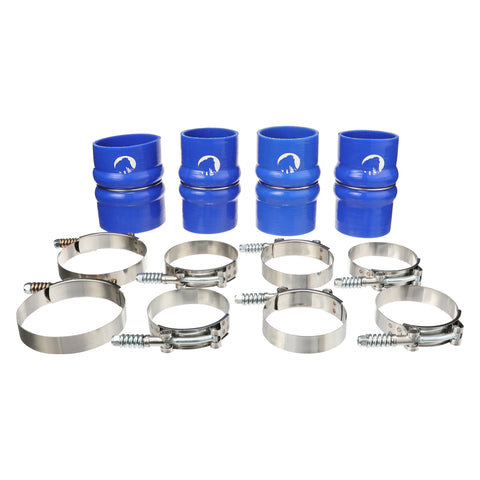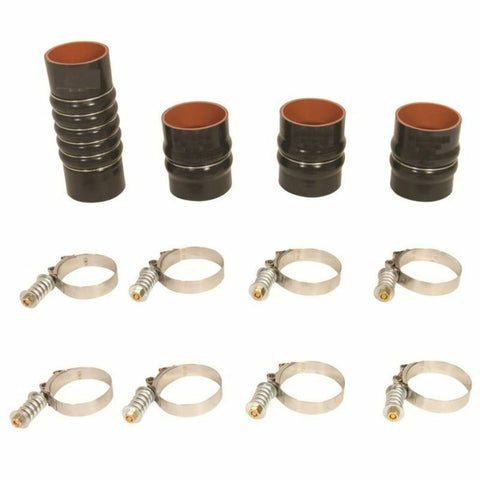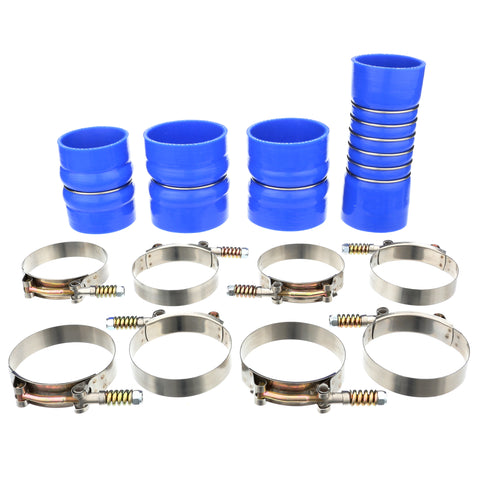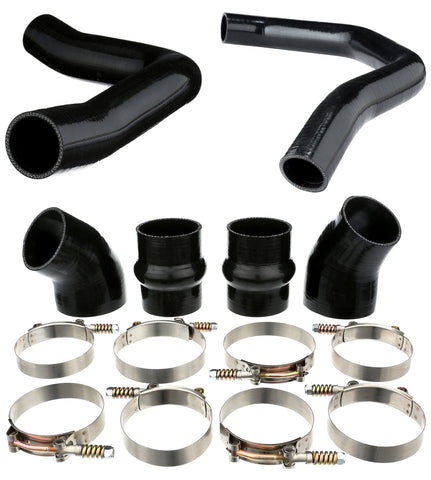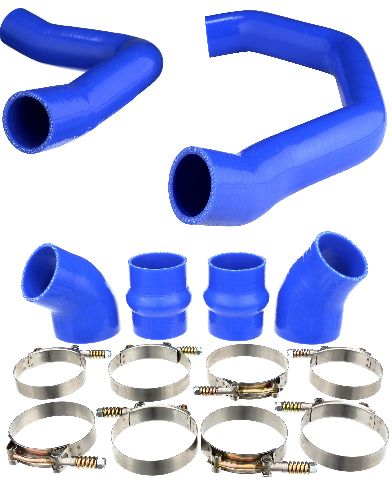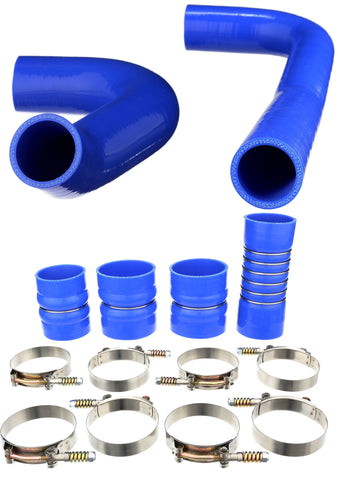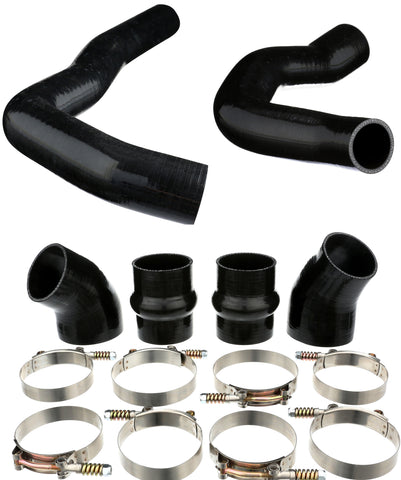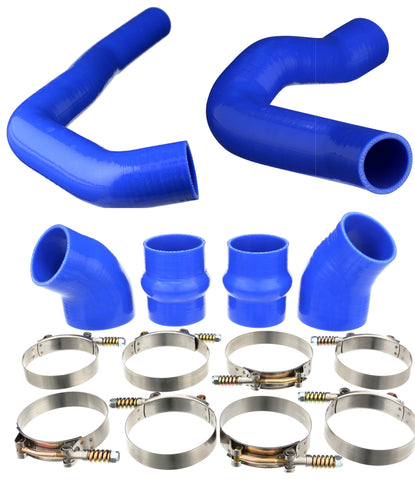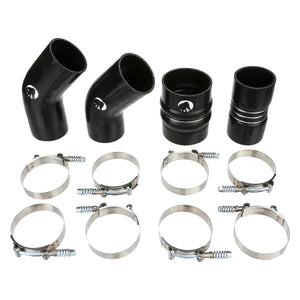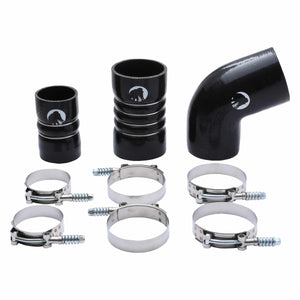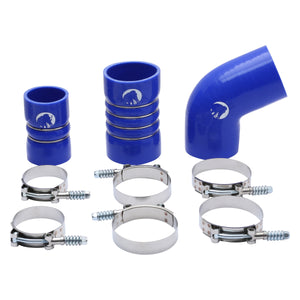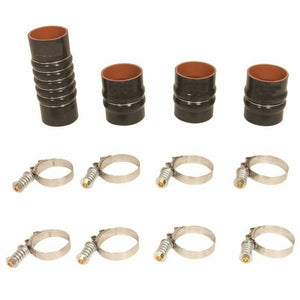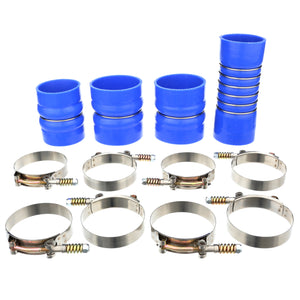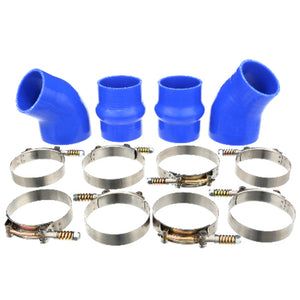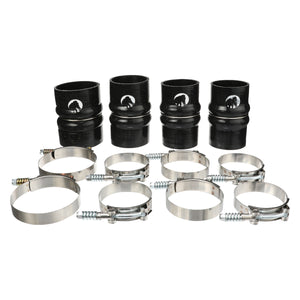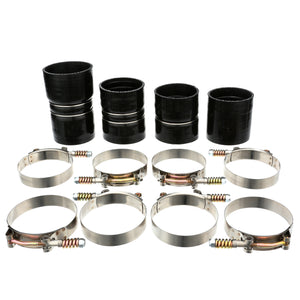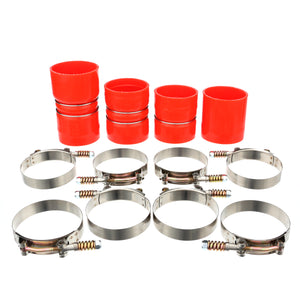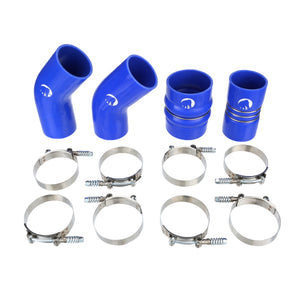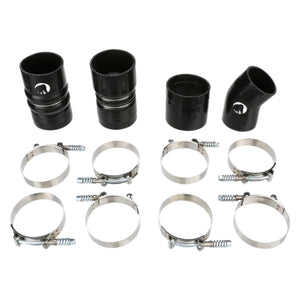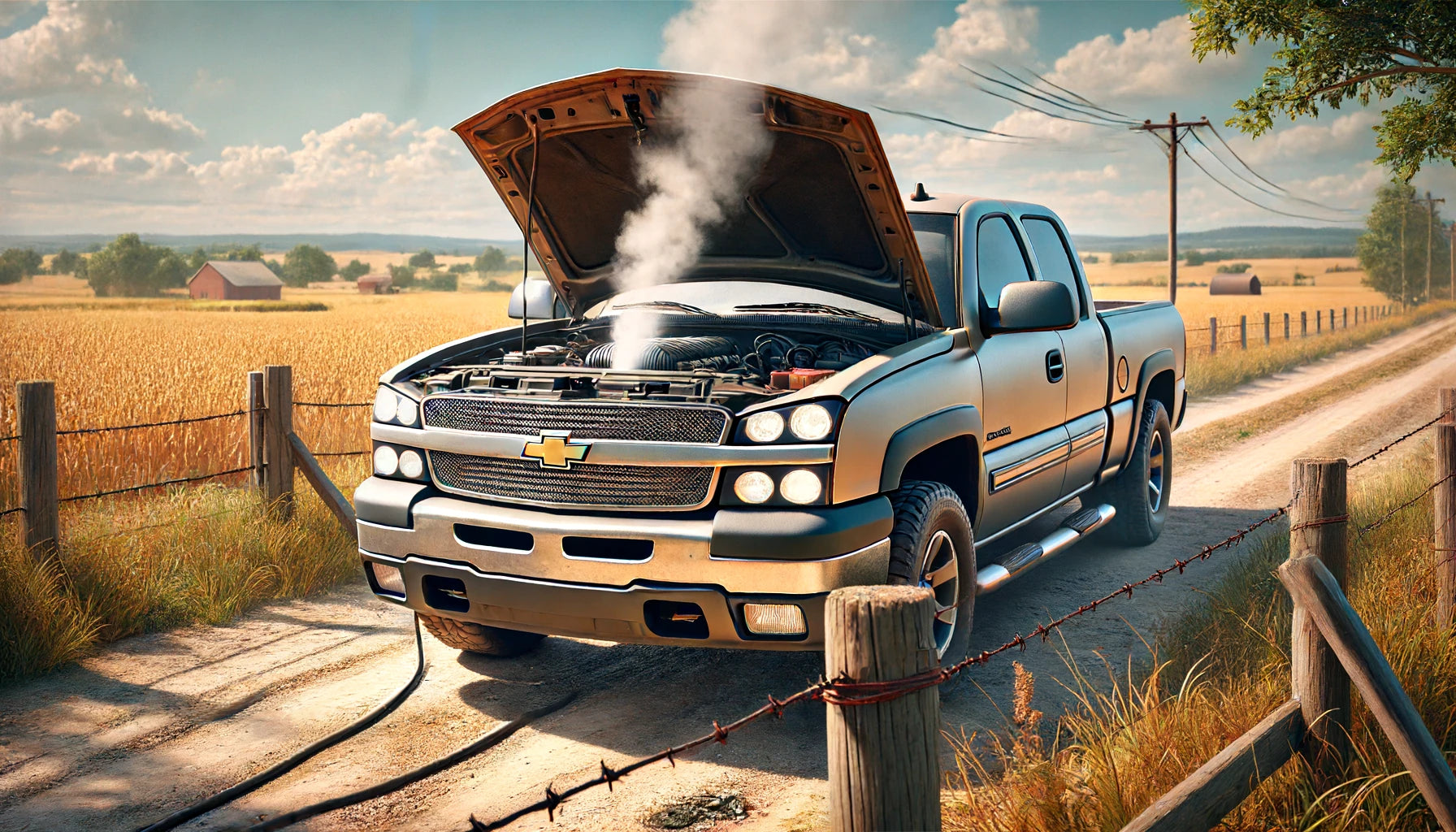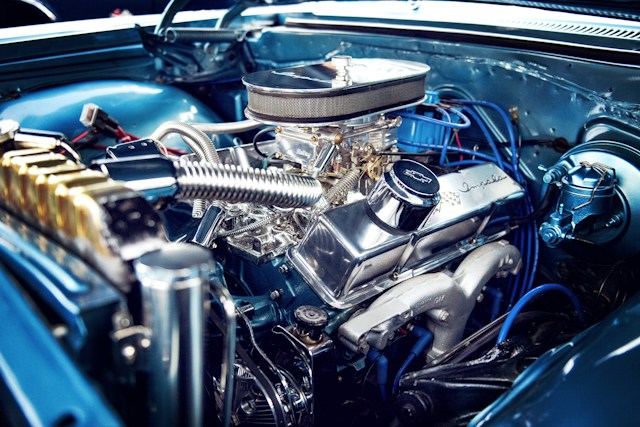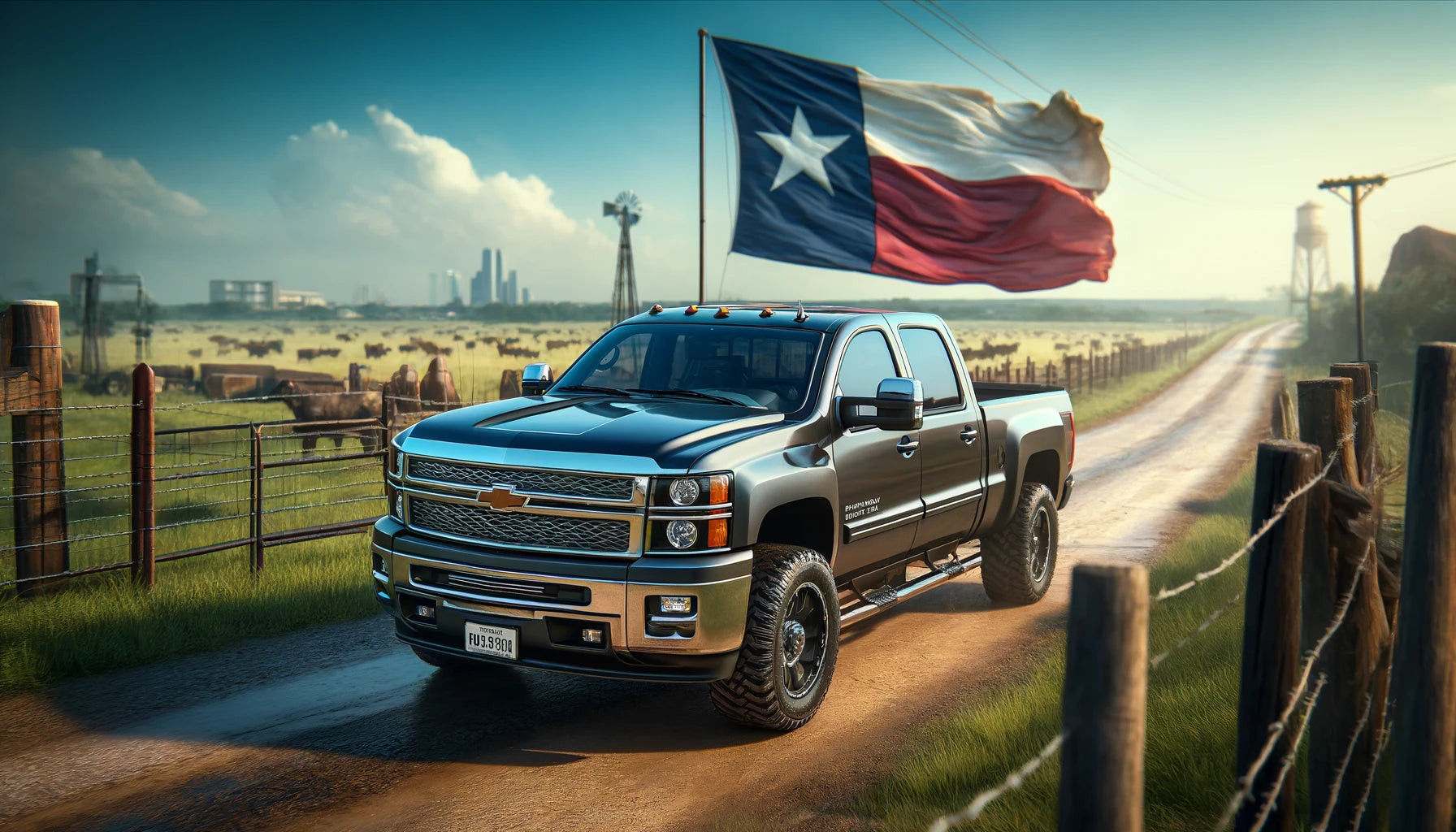Hose Clamp Size Chart: A Comprehensive Guide
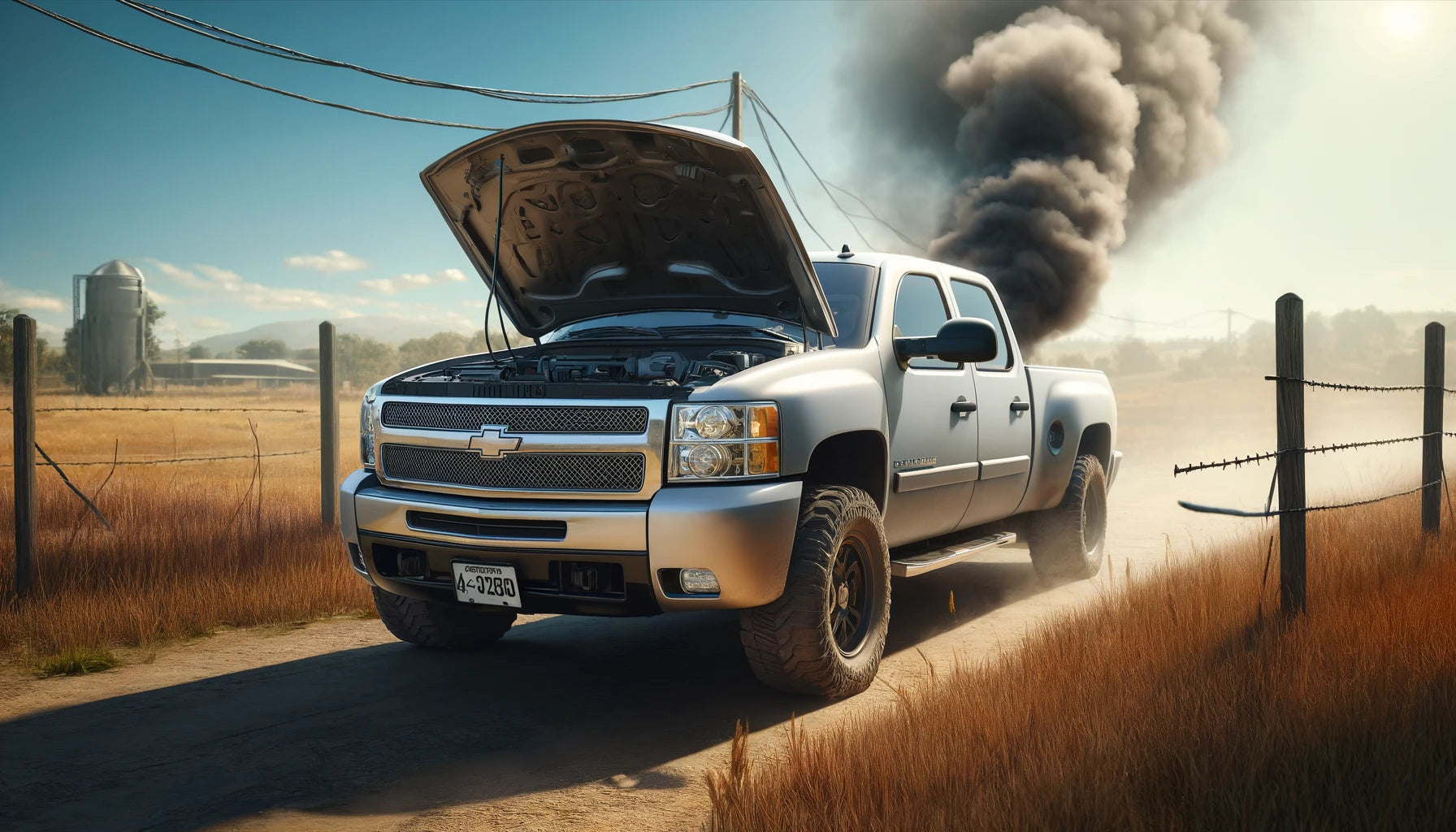
Table Of Contents
Most people might take hose clamps for granted, but they are some of the most important equipment for a car. Whether you own a sports car, truck, or trailer, they hold all the car hoses in place and prevent a disaster from happening to the vehicle. That said, it might be time to learn more about them.
In vehicles, you can find clamps anywhere there is a hose connection. From the engine to the radiator to the fuel tank and the brakes, clamps are intricate parts that keep a car moving.
In this article, we will discuss everything you need to know about hoses, including how they work, their different sizes, and how to determine the right fit for your car.
1. What is a Hose Clamp?
Hose clamps are parts that help attach hoses to their fittings. When fitting the hose, the clamps help create a tight seal and stabilize the connection from movement. The tight seal exerts pressure around the connection, preventing fluid or air from leaking.
Clamps can create a tight seal around a hose connection in several ways. Some are crimped around the tube, while others are tightened using torque force. The most common types of clamps include screw clamps, constant-tension clamps, and wire clamps.
Most manufacturers make hose clamps from metals like aluminum and steel. These materials offer durability, heat, and corrosion resistance, lasting longer.
2. How Does Hose Clamp Sizing Work?
Hose clamps come in various sizes depending on the type of connection and size of the hose. Though some clamps are compatible with various hose diameters, some are designed for smaller or larger fittings.
If the clamp is too small, you might have trouble fitting it into a large-diameter hose. On the other hand, if the clamp’s diameter is too big, it might have a problem securing the connection, leading to dangerous fluid leaks.
3. Determining the Right Size: A Step-by-Step Guide
It is important to choose the correct clamp to ensure the hose connection is securely fastened. Here is a step-by-step guide on how to measure hose clamps and find the right size.
- Fit the hose into the connection tube or nipple
First, you must fit the hose into the nipple or tube it connects to. You do this because the hose expands and widens after the fitting.
- Measure the outside diameter of the hose
Second, you need to measure the outside diameter of the hose at the connection. This provides the precise clamp size measurement you require.
- Check the hose clamp size chart
Locate a clamp size chart, like the one below, showing all available clamp sizes for a connection.
- Check the hose clamp’s narrow dynamic range
You should look for a clamp with a fastened range above and below the outside diameter of the hose. Getting a clamp with the same diameter as the hose can cause fitting issues during fastening. The ideal clamp should be a bit wider than the hose but small enough to compress it tightly once it is put in place.
If you have trouble finding the right size, you can measure the clamp previously holding the hose. It can give you a good reference on where to start,
4. Variety in Hose Clamp Sizes
There is a wide range of clamp sizes on the market. Most manufacturers ensure that clamp sizes are relatively similar, with slight variations in standard diameter ranges for more options.
There are three varieties of clamp sizes. The first is the miniature hose clamp with a 5/16 wide band and a ¼ slotted hex head screw. The second is the standard hose clamp with a ½ wide band and a 5/16 slotted hex head screw. Lastly, there are the full hose clamps with a 9/16 band and a 5/16 slotted hex head screw.
One way to help identify the right clamp size for DIY hose replacement is to use a standard series clamp size chart. The standard series chart provides a conventional measure of clamp sizes in automotive and other manufacturing industries.
The standard series chart ranges from clamps with a miniature diameter of 7/32 inches to full-size clamps with a diameter of 9¾ inches. Though the size might vary between manufacturers, the standard series chart only caters to hose clamps that meet or exceed the Society of Automotive Engineers (SAE) torque specifications.
Below is the standard series chat for hose clamps:
|
Hose Clamp Size Chart |
||
|
SAE Size |
Clamp Range (In.) |
Clamp Range (mm) |
|
Miniature |
||
|
4 |
7/32" - 5/8" |
5.6 mm - 16 mm |
|
6 |
7/16" - 25/32" |
11 mm - 20 mm |
|
Full-Size |
||
|
6 |
7/16" - 25/32" |
11 mm - 20mm |
|
8 |
1/2" - 29/32" |
13mm - 23 mm |
|
10 |
9/16" - 1-1/16" |
14 mm-27 mm |
|
12 |
11/16" - 1-1/4" |
17 mm - 32 mm |
|
16 |
13/16" - 1-1/2" |
21 mm-38 mm |
|
20 |
13/16"-1-3/4" |
21mm-44 mm |
|
24 |
1-1/16" - 2" |
27 mm - 51 mm |
|
28 |
1-5/16" - 2-1/4" |
33 mm - 57 mm |
|
32 |
1-9/16" - 2-1/2" |
40 mm - 64 mm |
|
36 |
1-13/16" - 2-3/4" |
46 mm - 70 mm |
|
40 |
2-1/16" - 3" |
52 mm - 76 mm |
|
44 |
2-5/16" - 3-1/4" |
59 mm - 83 mm |
|
48 |
2-9/16" - 3-1/2" |
65 mm - 89 mm |
|
52 |
2-13/16" - 3-3/4" |
71 mm - 95 mm |
|
56 |
3-1/16" - 4" |
78 mm - 102 mm |
|
60 |
3-5/16" - 4-1/4" |
84 mm - 108 mm |
|
64 |
3-9/16" - 4-1/2" |
91 mm - 114 mm |
|
72 |
4-1/8" - 5" |
105 mm - 127 mm |
|
80 |
4-5/8" - 5-1/2" |
117 mm - 140 mm |
|
88 |
5-1/8" - 6" |
130 mm - 152 mm |
|
96 |
5-5/8" - 6-1/2" |
143 mm-165 mm |
|
104 |
6-1/8" - 7" |
156 mm-178 mm |
|
128 |
5-5/8" - 8-1/2" |
143 mm - 216 mm |
|
152 |
7-1/8" - 10" |
181 mm - 254 mm |
|
188 |
9-3/8" - 12-1/4" |
238 mm - 311 mm |
Final Thoughts
Finding the right hose clamp can determine how well your car will run. Without the right clamp size, the car is prone to fluid leaks, which can cause problems and reduce efficiency. To find the right clamp, you need to measure the outside diameter of the hose while it is fitted to its connection.
Mammoth Performance provides quality hose clamps, intercooler, and radiator hose boot kits, improving your car’s performance. Contact us today for any hose clamp needs.
FAQs
- Are there standardized hose clamp sizes?
Yes. The Society of Automotive Engineers (SAE) has made standardized hose clamp sizes compatible with hose parts in the United States.
- Can I use any hose clamp size for my application?
You cannot use any hose clamp to secure a connection. You need to know the proper diameter of the hose after fitting to find the best clamp size, ensuring the most secure attachment.
- What are the common variations in hose clamp size charts?
There are a couple of hose variations depending on your required size. They are:
- Miniature worm-drive hose clamp
- Standard worm-drive hose clamp
- Full-size worm-drive hose clamp
- How do I ensure durability and quality when selecting a hose clamp?
The best way to ensure a hose clamp lasts longer is by finding one made out of durable material like stainless steel, which is heat, wear, and corrosion-resistant. The clamp will hold under pressure without getting degraded over time.


